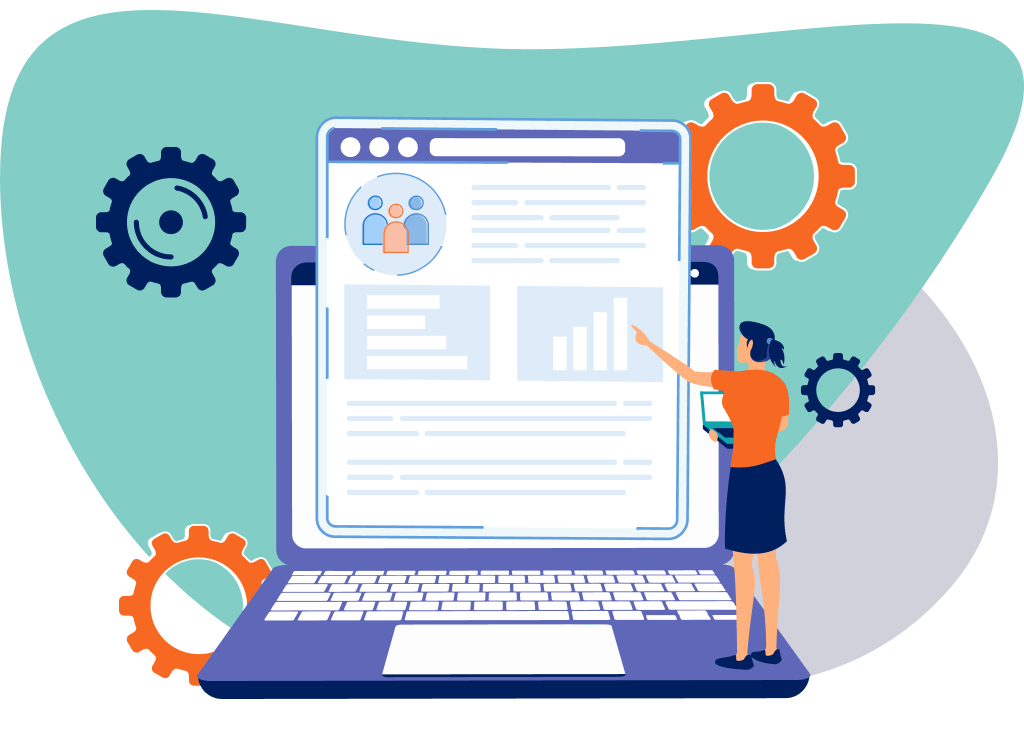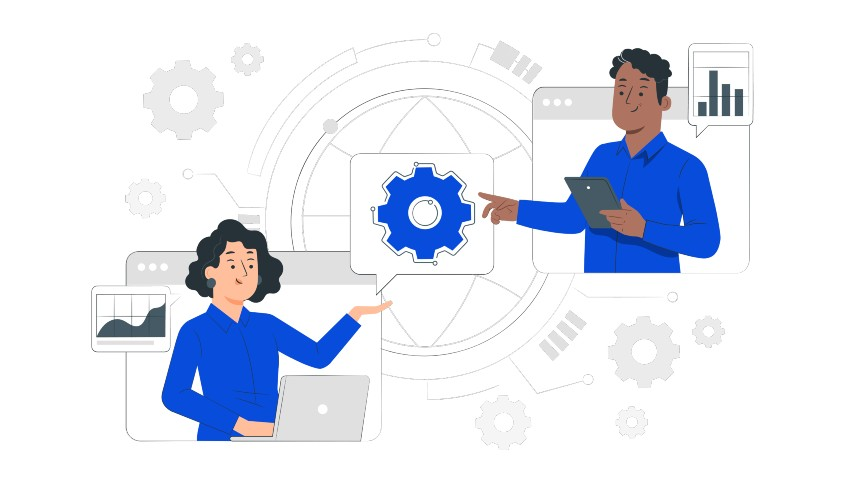As Marketing Manager, I’ve seen firsthand the transformative power of workflow automation. In today’s fast-paced business environment, efficiency isn’t just a desirable trait—it’s a necessity for survival. Workflow automation is the key to unlocking that efficiency, and in this guide, I’ll walk you through everything you need to know to harness its potential.

What is Workflow Automation?
Workflow automation is the process of using software to streamline and automate repetitive tasks and processes within a business. Instead of relying on manual input and human intervention for every step, workflow automation leverages technology to execute tasks according to pre-defined rules and triggers. Think of it as a digital assembly line, guiding information and actions through various stages with minimal human interaction. This differs slightly from Robotic Process Automation (RPA), which focuses more on mimicking human actions on a computer, whereas workflow automation emphasizes the seamless flow and communication between different parts of a process.
The Tangible Benefits of Workflow Automation
The benefits of implementing workflow automation are numerous and impactful, ultimately contributing to a more efficient and profitable organization. Here are some key advantages I’ve observed:
- Increased Efficiency: This is perhaps the most obvious benefit. Automating tedious and repetitive tasks frees up your employees to focus on higher-value activities that require creativity, strategic thinking, and complex problem-solving. This leads to increased productivity and a better use of your human capital.
- Reduced Errors: Human error is inevitable. Workflow automation minimizes this risk by consistently following pre-programmed rules and procedures. This leads to improved accuracy and data integrity, saving time and resources spent on correcting mistakes.
- Enhanced Collaboration: Workflow automation fosters better collaboration by ensuring that the right information reaches the right people at the right time. This eliminates bottlenecks and communication breakdowns, fostering a smoother and more efficient workflow across departments.
- Cost Savings: While the initial investment in workflow automation software might seem significant, the long-term cost savings are substantial. Reduced labor costs, minimized errors, and increased efficiency all contribute to a significant return on investment.
- Improved Scalability: As your business grows, your workflows can easily scale with the automation system. This ensures that your processes remain efficient and adaptable even as your workload increases.
- Faster Turnaround Times: Automating tasks significantly reduces processing times, leading to faster turnaround times for projects and improved customer satisfaction. In marketing, this can mean quicker campaign launches and faster response times to customer inquiries.
- Better Data Management: Workflow automation often integrates with data management systems, providing centralized data storage and improved data visibility. This makes data analysis easier and provides valuable insights for strategic decision-making.

Choosing the Right Workflow Automation Tools
The market is brimming with workflow automation tools, each with its own strengths and weaknesses. The best choice depends on your specific needs and budget. However, some popular and effective options include:
- Zapier: Known for its user-friendly interface and extensive app integrations, Zapier allows you to connect different apps and automate tasks between them without requiring any coding knowledge. It’s a great option for smaller businesses and those looking for a simple, affordable solution.
- Make (formerly Integromat): Make offers a more powerful and flexible platform than Zapier, catering to more complex automation needs. It’s ideal for businesses that require advanced features and customizability.
- Salesforce Automation: If your business uses Salesforce, leveraging its built-in automation features can streamline your sales and marketing processes significantly. This integration ensures a seamless flow of data and actions within your CRM.
- Microsoft Power Automate: For businesses heavily invested in the Microsoft ecosystem, Power Automate integrates seamlessly with other Microsoft products like SharePoint and Outlook, providing a comprehensive automation solution.
When choosing a tool, consider factors such as:
- Ease of use: The tool should be intuitive and easy for your team to use, even without extensive technical expertise.
- App integrations: Ensure that the tool integrates with the apps and software your business already uses.
- Scalability: Choose a tool that can grow with your business and handle increasing workloads.
- Pricing: Consider the cost of the software and whether it aligns with your budget.
Best Practices for Implementing Workflow Automation
Successfully implementing workflow automation requires careful planning and execution. Here are some best practices to consider:
- Identify Key Processes: Begin by identifying the processes that would benefit most from automation. Focus on repetitive, time-consuming tasks that are prone to errors.
- Map Your Workflows: Before automating, meticulously map out your existing workflows to understand each step involved. This will help you identify potential bottlenecks and areas for improvement.
- Start Small and Iterate: Don’t try to automate everything at once. Start with a small, manageable process and gradually expand as you gain experience and confidence.
- Involve Your Team: Get your team involved in the automation process. Their input is invaluable in identifying areas for improvement and ensuring that the automation system meets their needs.
- Monitor and Optimize: Continuously monitor the performance of your automated workflows and make adjustments as needed. Regularly review and refine your processes to maximize efficiency.
- Provide Training: Provide adequate training to your team on how to use the new automation system. This will ensure that they can effectively utilize the tool and contribute to its success.

In conclusion, workflow automation is not just a technological trend; it’s a strategic imperative for businesses looking to thrive in today’s competitive landscape. By carefully considering the benefits, choosing the right tools, and implementing best practices, you can unlock significant efficiency gains, reduce errors, and free up your team to focus on higher-value activities. As a marketing manager, I highly recommend exploring the potential of workflow automation to propel your business forward.
You can also read:





